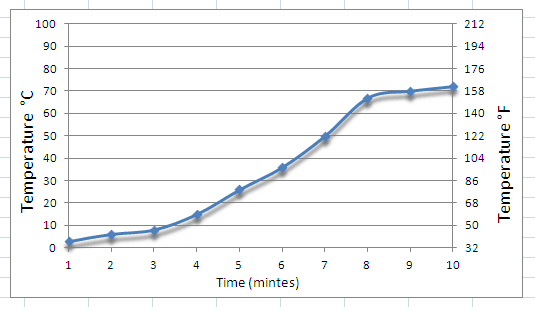
The only temperature system that works intuitively – where a doubling of value doubles the energy – is Kelvin, where absolute zero is 0, body temperature is 310.15K and boiling water is 373.15K. Because of this setup, it’s impossible to say that doubling the ☌ or ☏ value doubles the amount of heat energy, so it’s difficult to get an intuitive grasp of how much energy 1 degree Fahrenheit or Celsius actually is. On top of that, for every additional unit of heat energy the Celsius and Fahrenheit scales add a different additional value. + 32.00 Why is converting Celsius to Fahrenheit so difficult?īecause both Celsius and Fahrenheit scales are offset– ie neither are defined as starting at zero.

This means that boiling and freezing point are 180 degrees apart. The Fahrenheit temperature range is based on setting the freezing point of water at 32 degrees, and boiling to 212 degrees.

As one degree Celsius is equal to one Kelvin, boiling point of water is equal to 273.15 + 100 = 373.15 Kelvin. Zero degrees Celsius is now defined as 273.15K. Since its definition, the Celsius scale has been redefined to peg it to Kelvin. The other point at which Celsius was set – 100 degrees Celsius – was defined as the boiling point of water. Zero degrees C was later redefined as the temperature at which ice melts. The Celsius temperature range was originally defined by setting zero as the temperature at which water froze. This should be reasonably accurate for weather temperatures. Celsius to Fahrenheit conversion is probably the most confusing conversion there is, but a simple ☌ to ☏ conversion is actually quite easy – just double the ☌ figure and add 30.


 0 kommentar(er)
0 kommentar(er)
